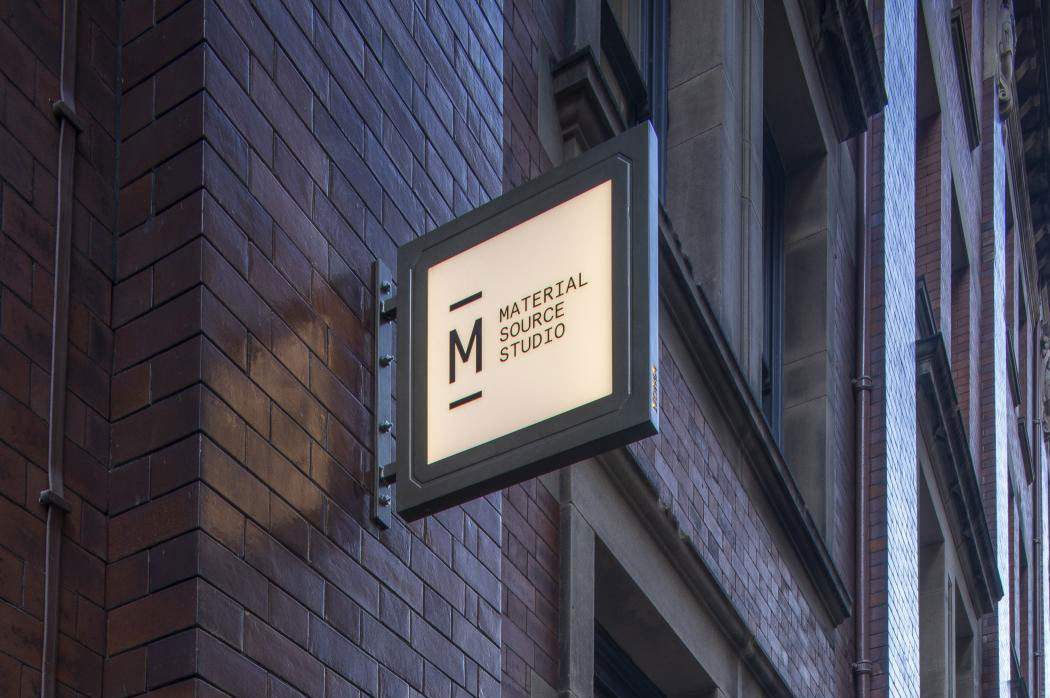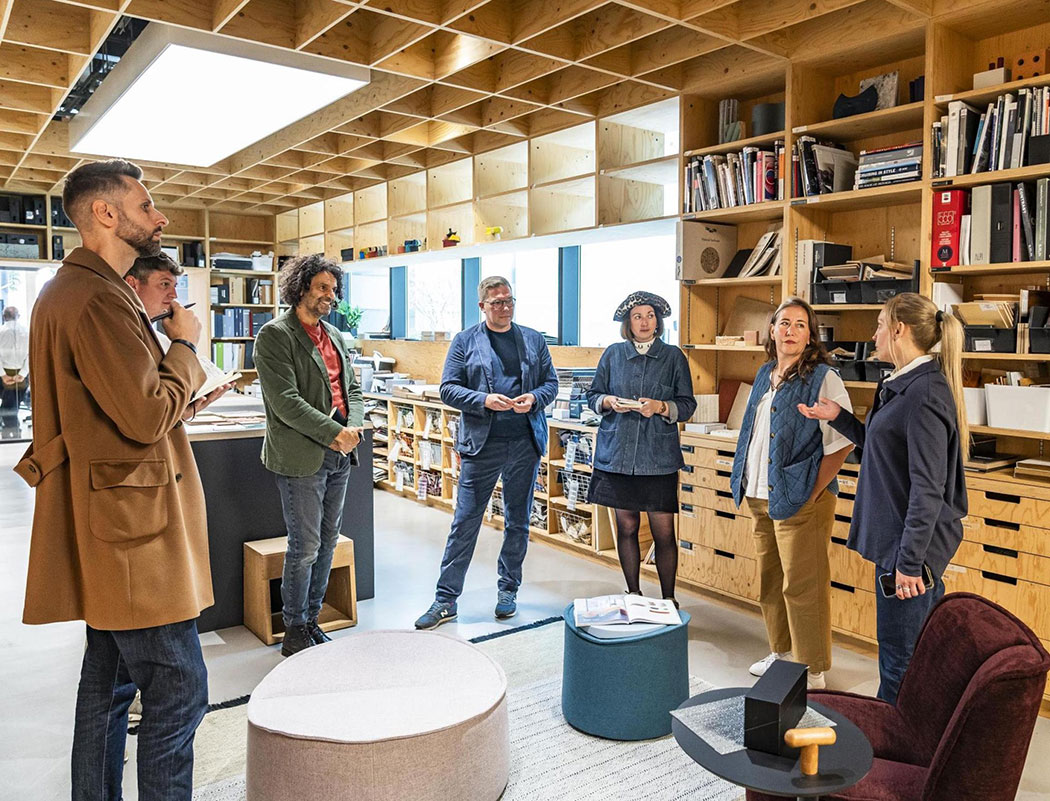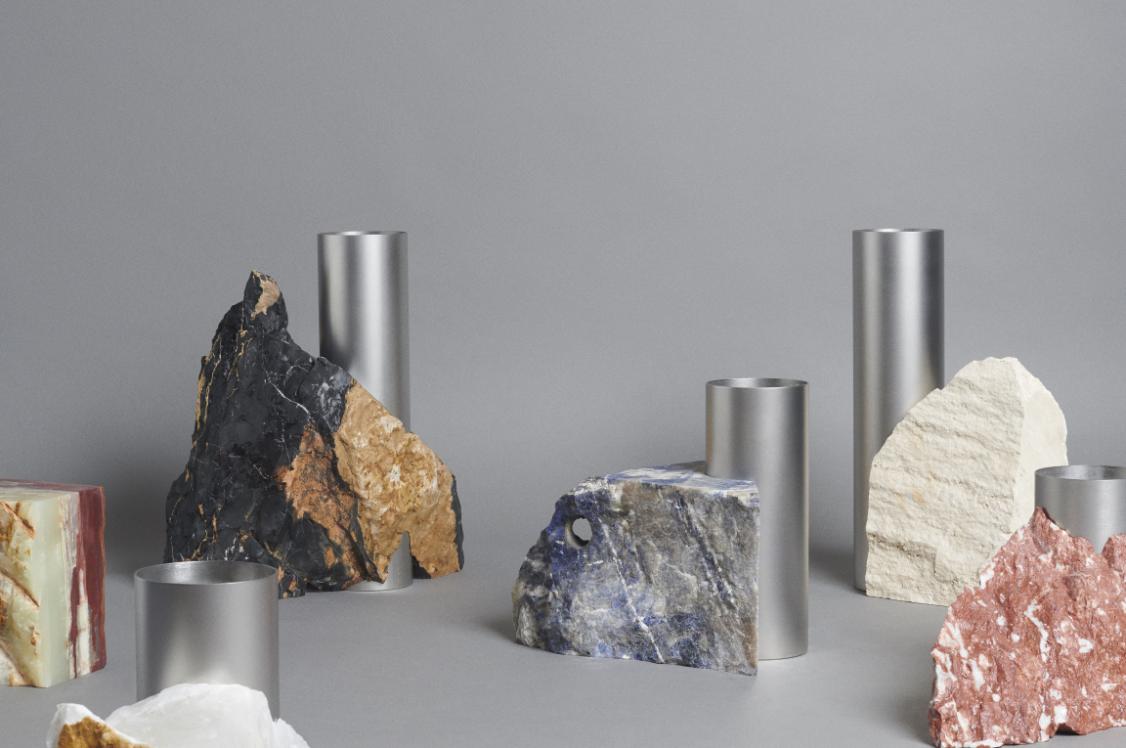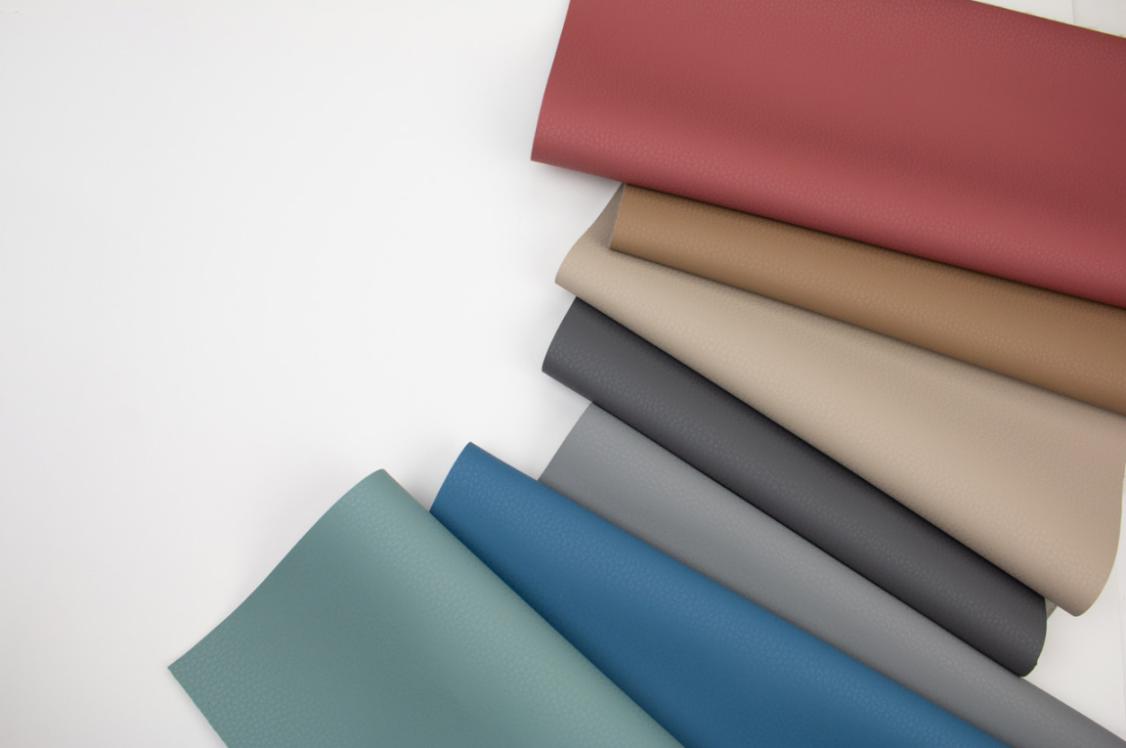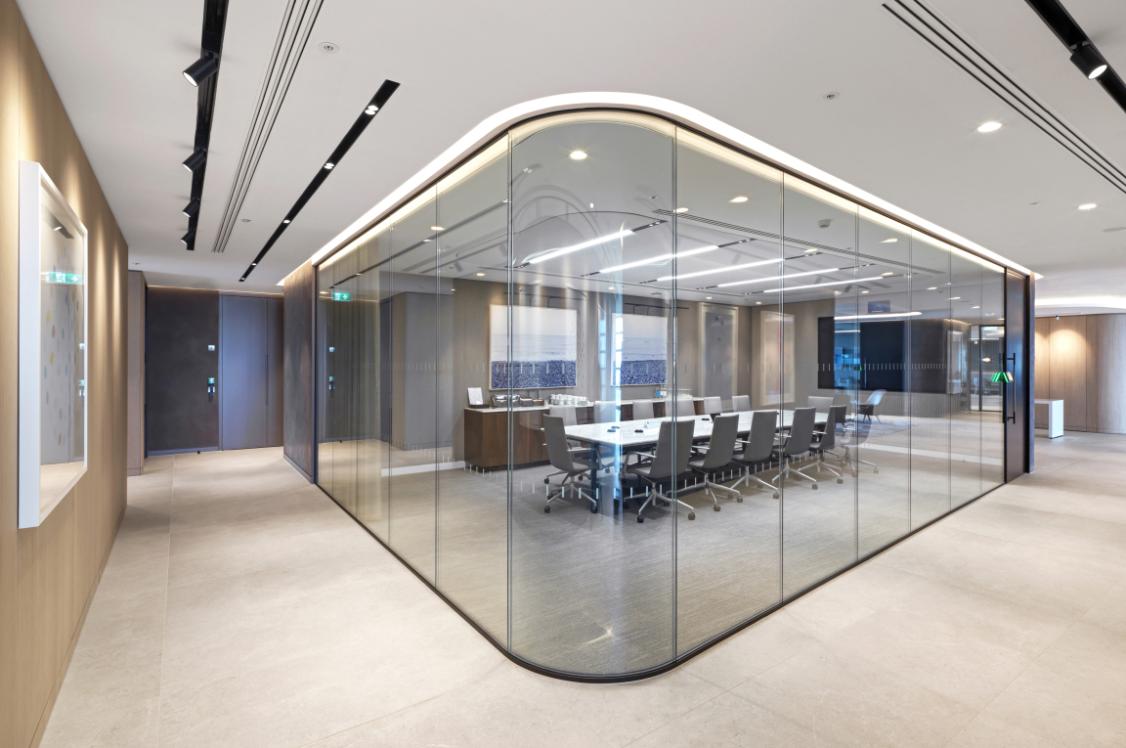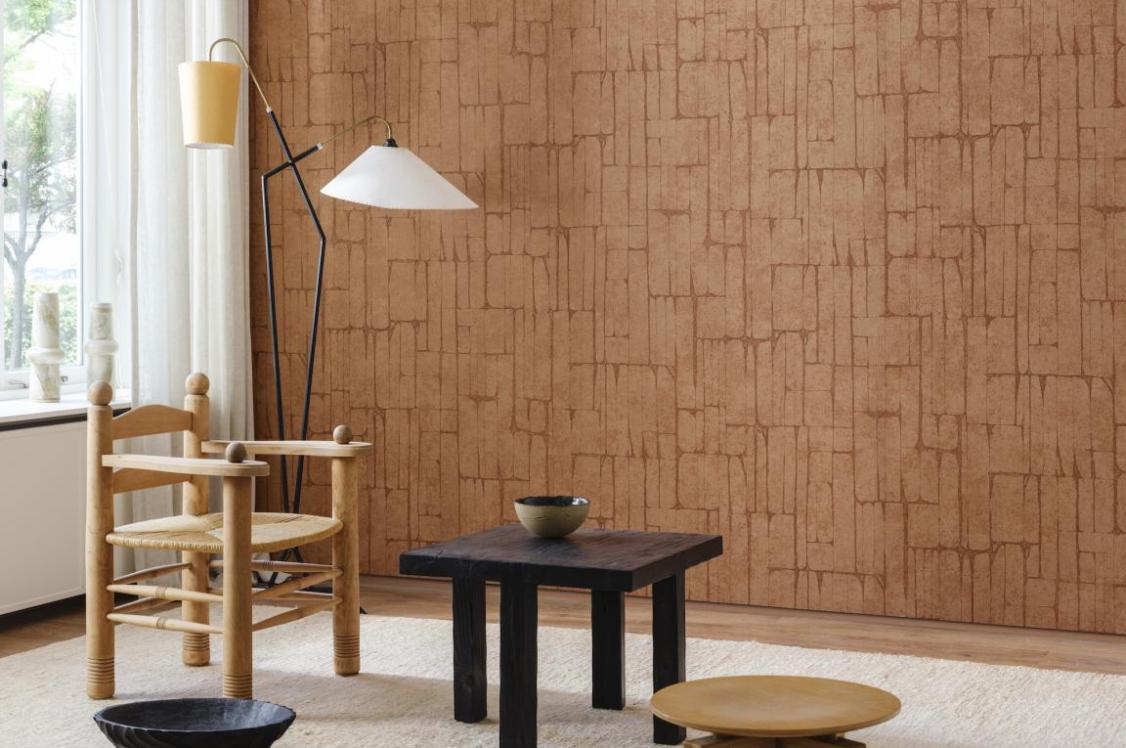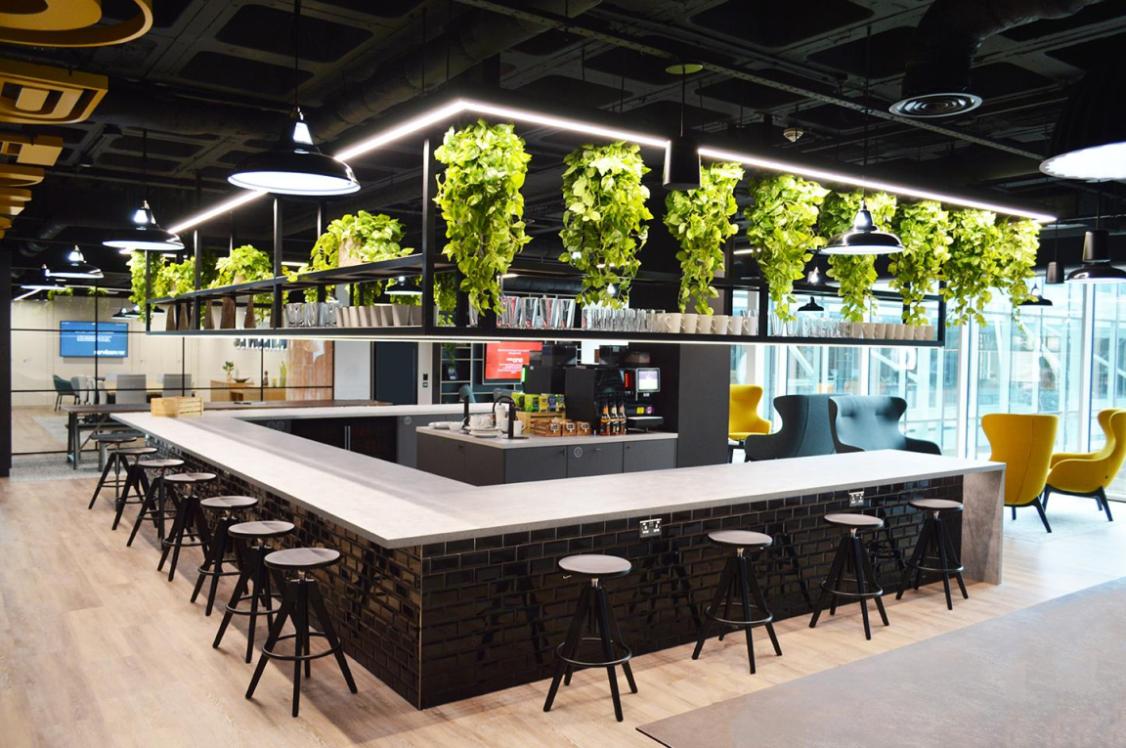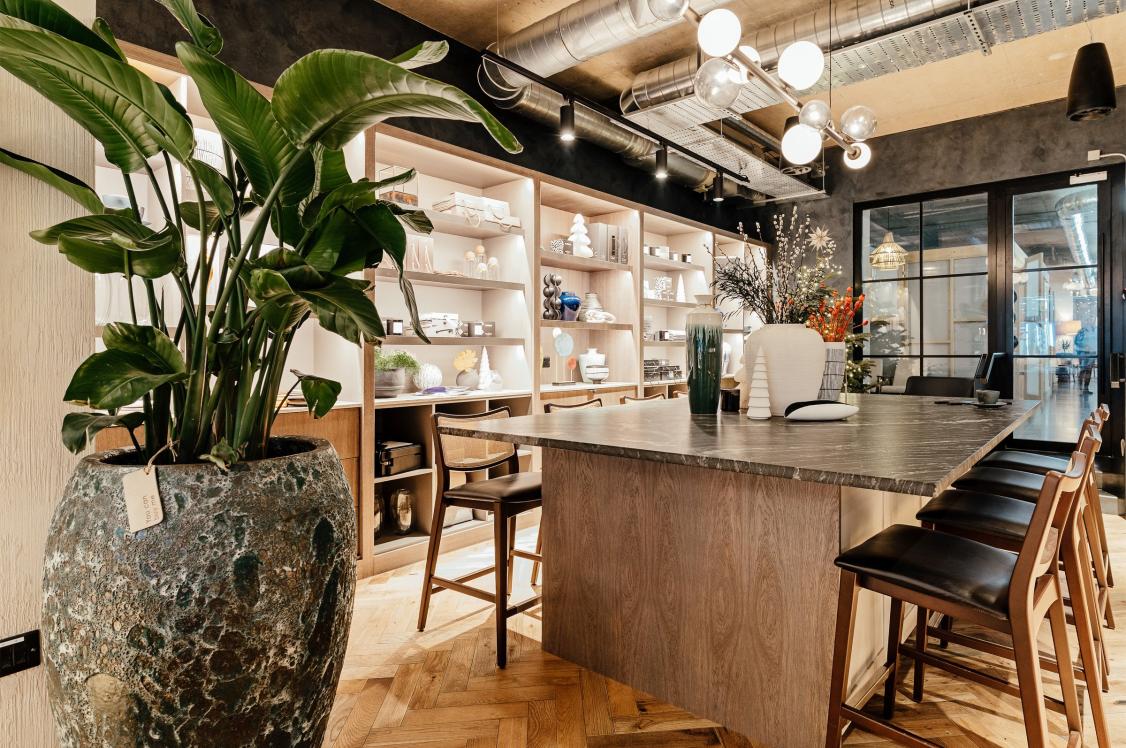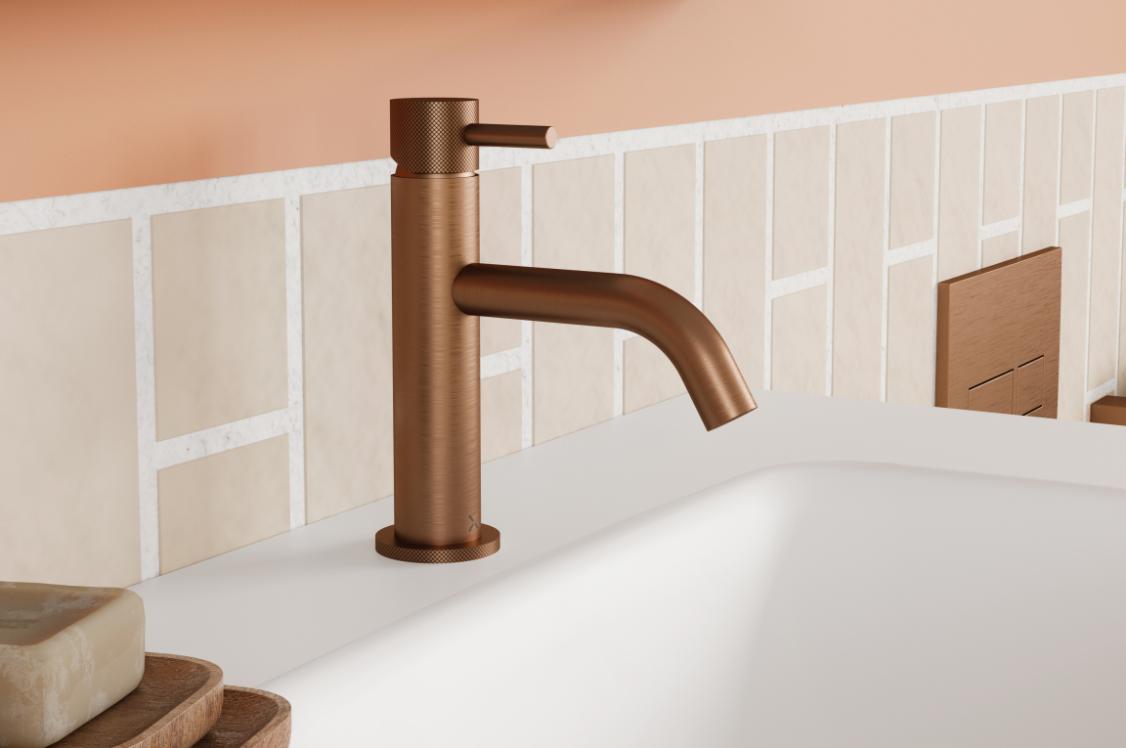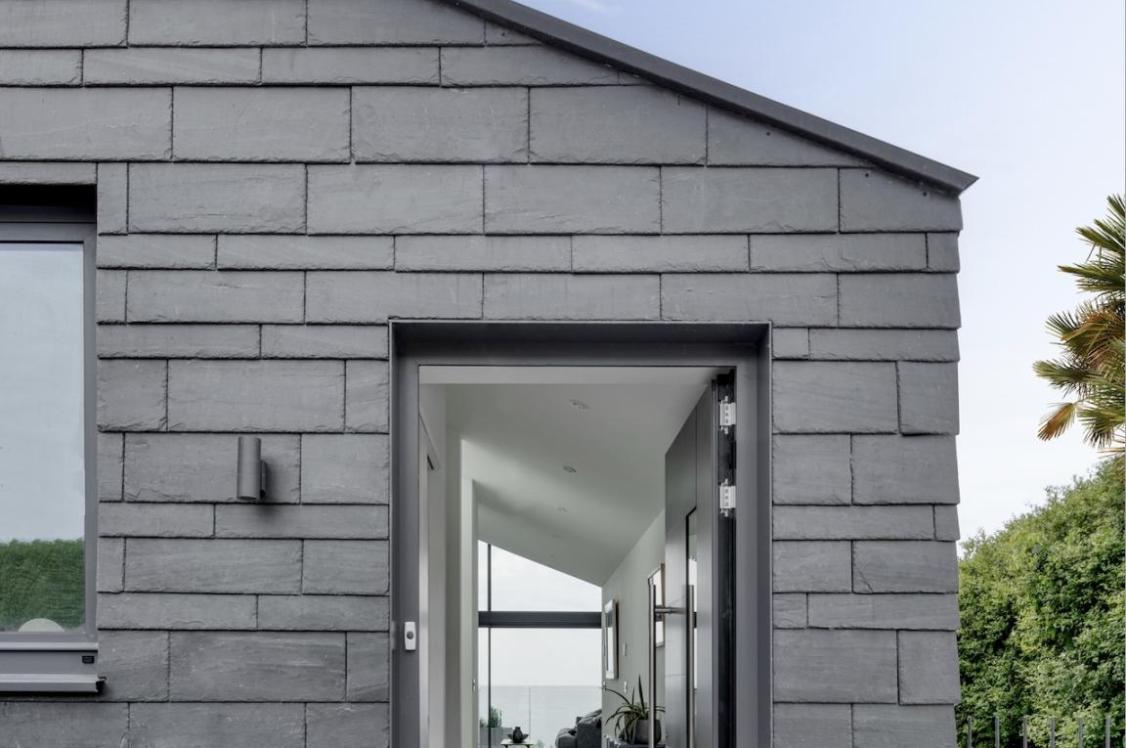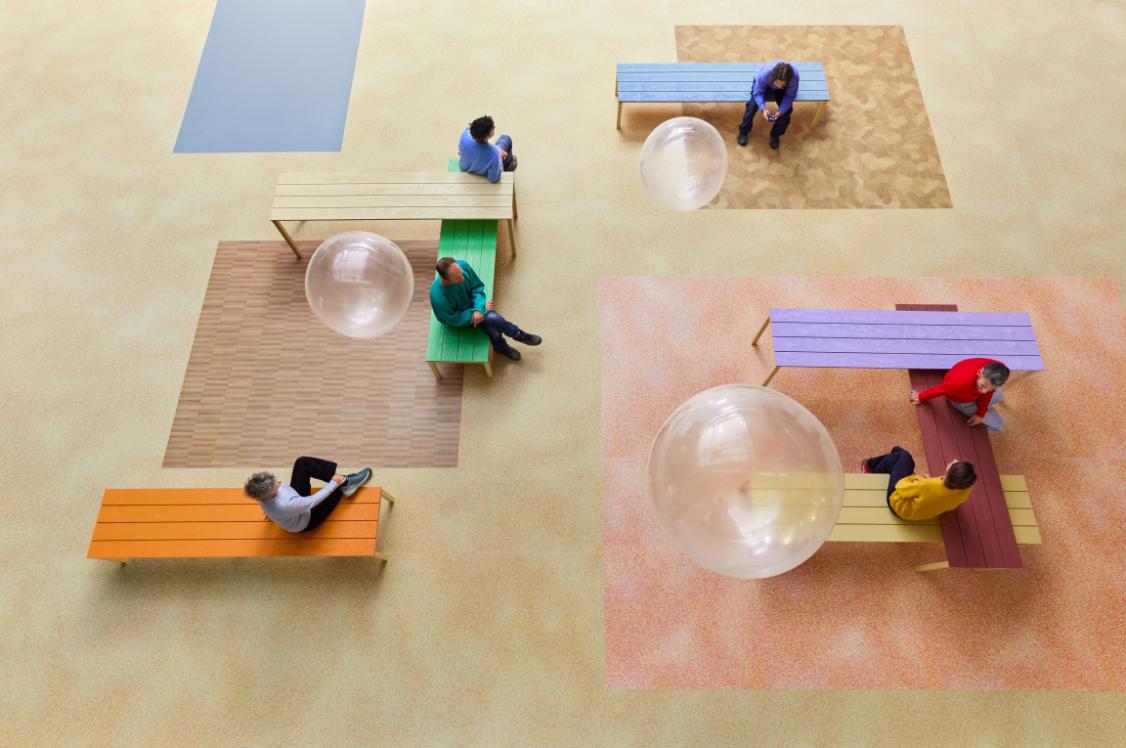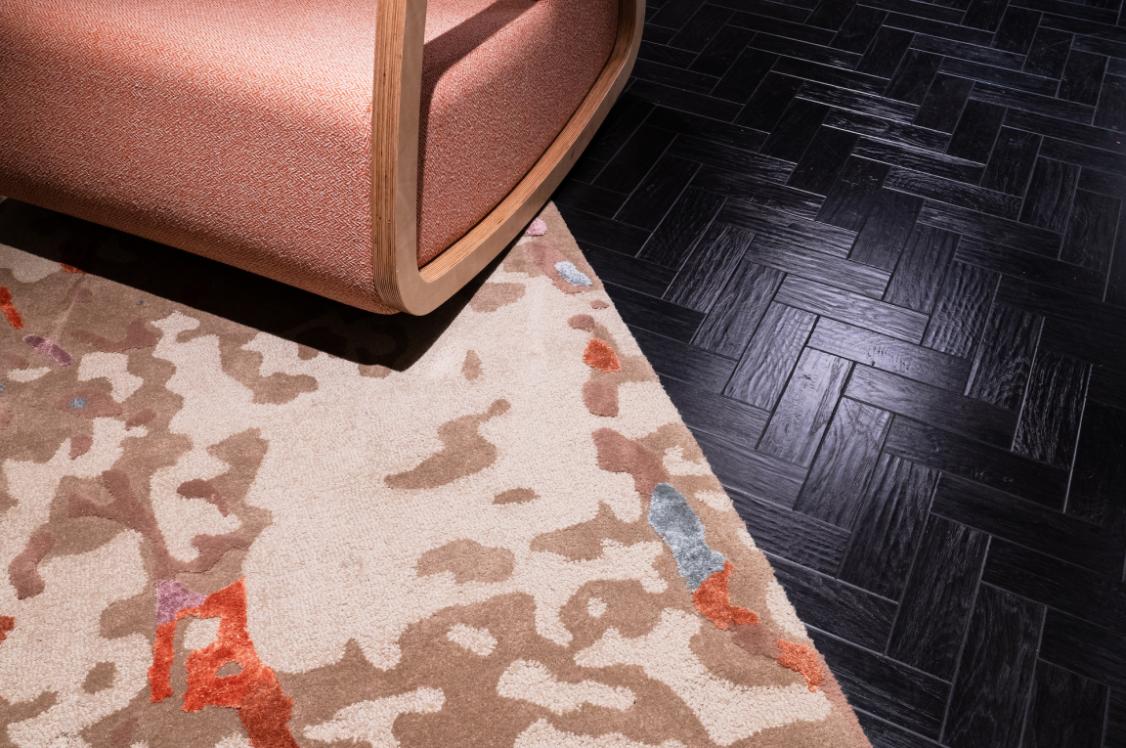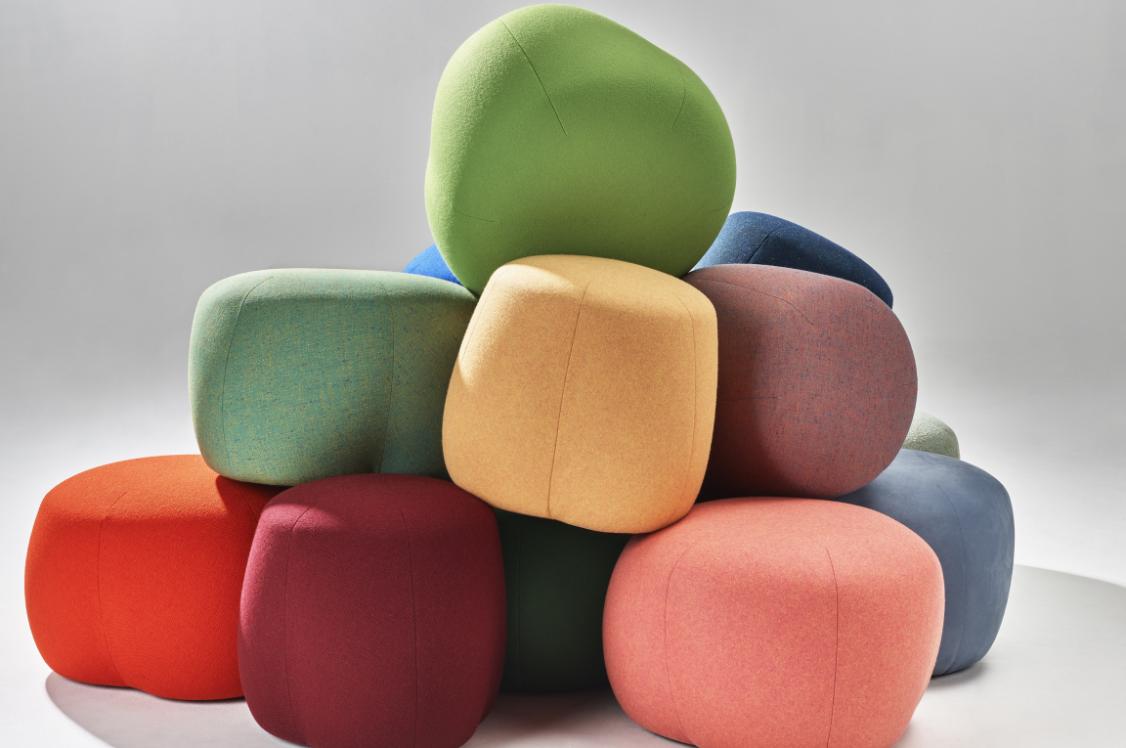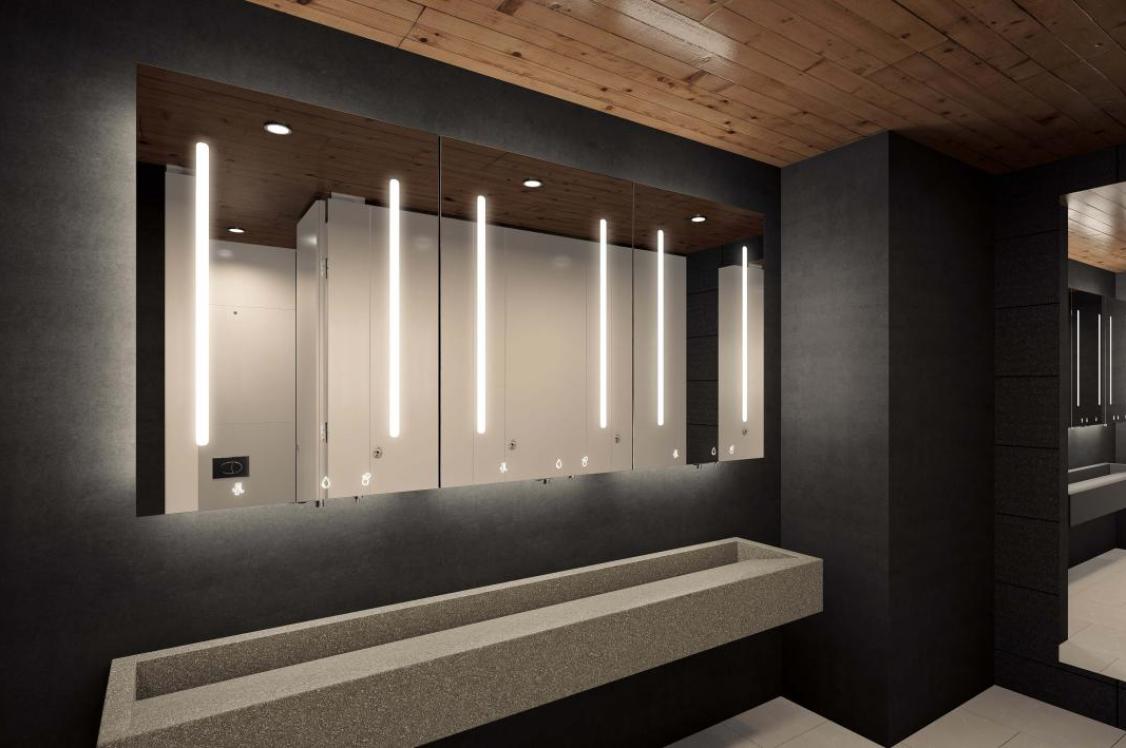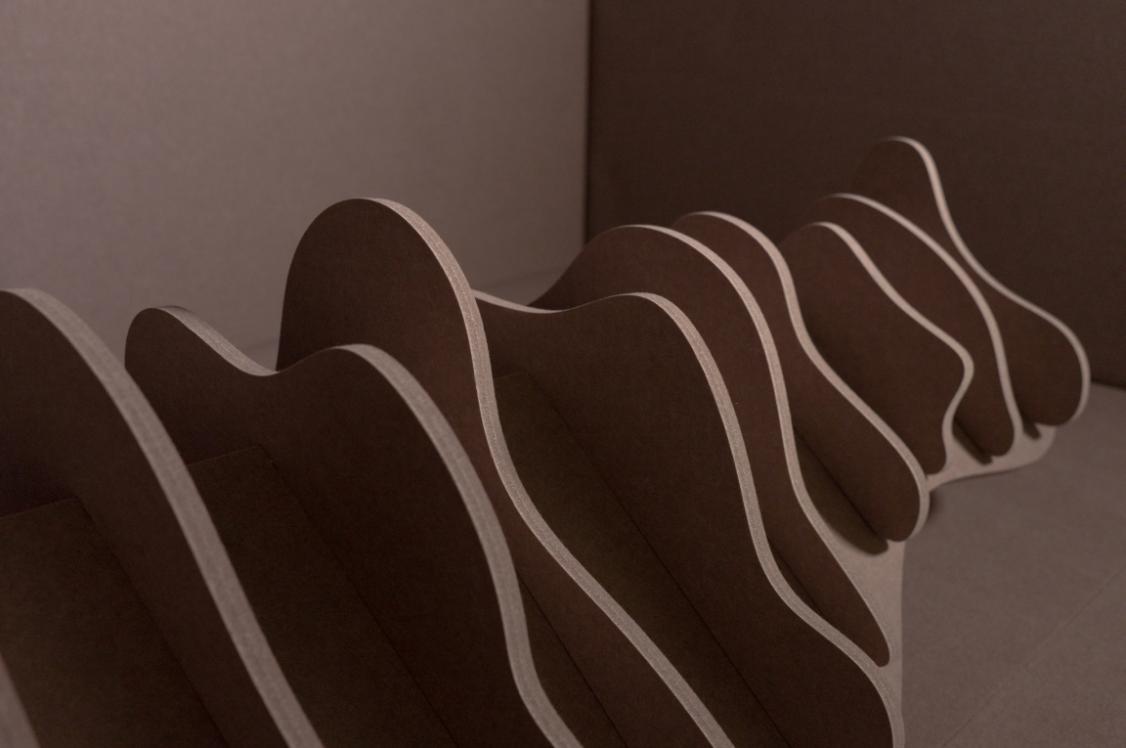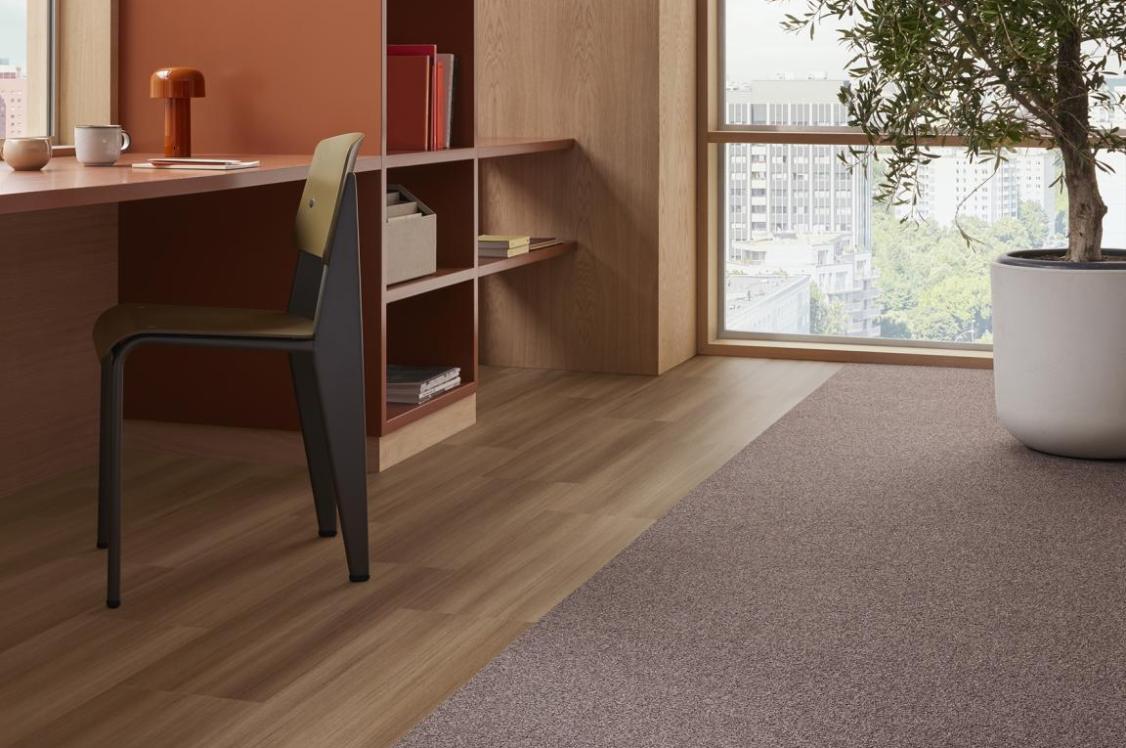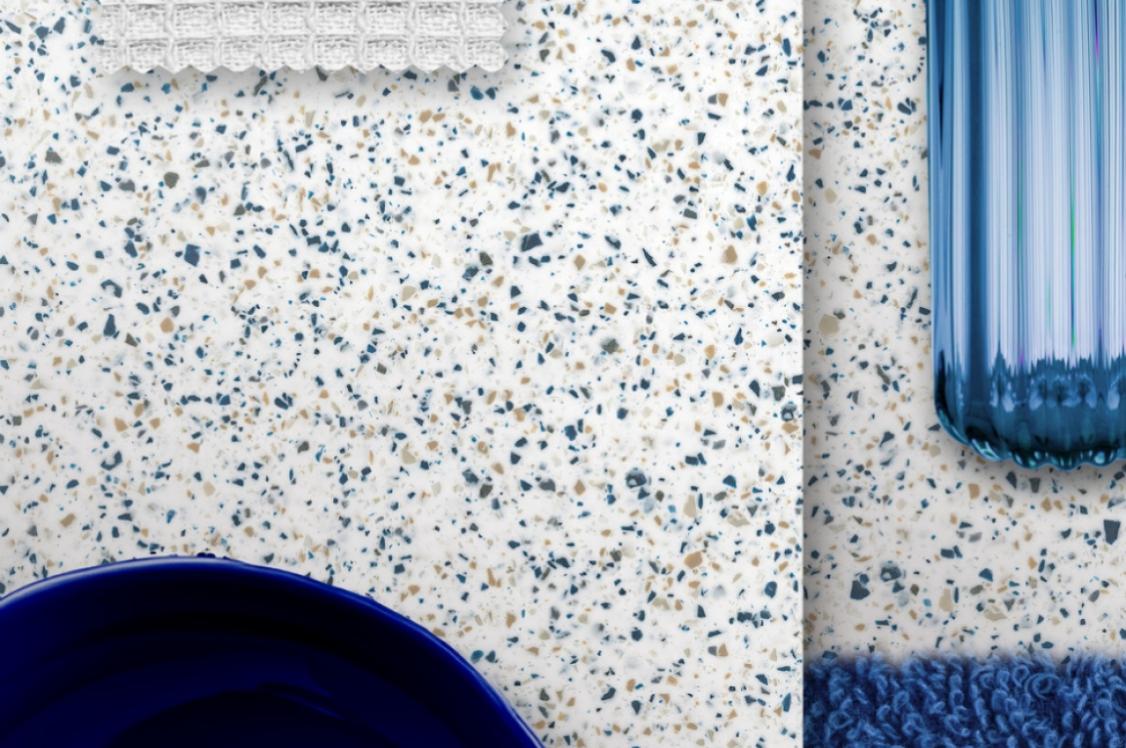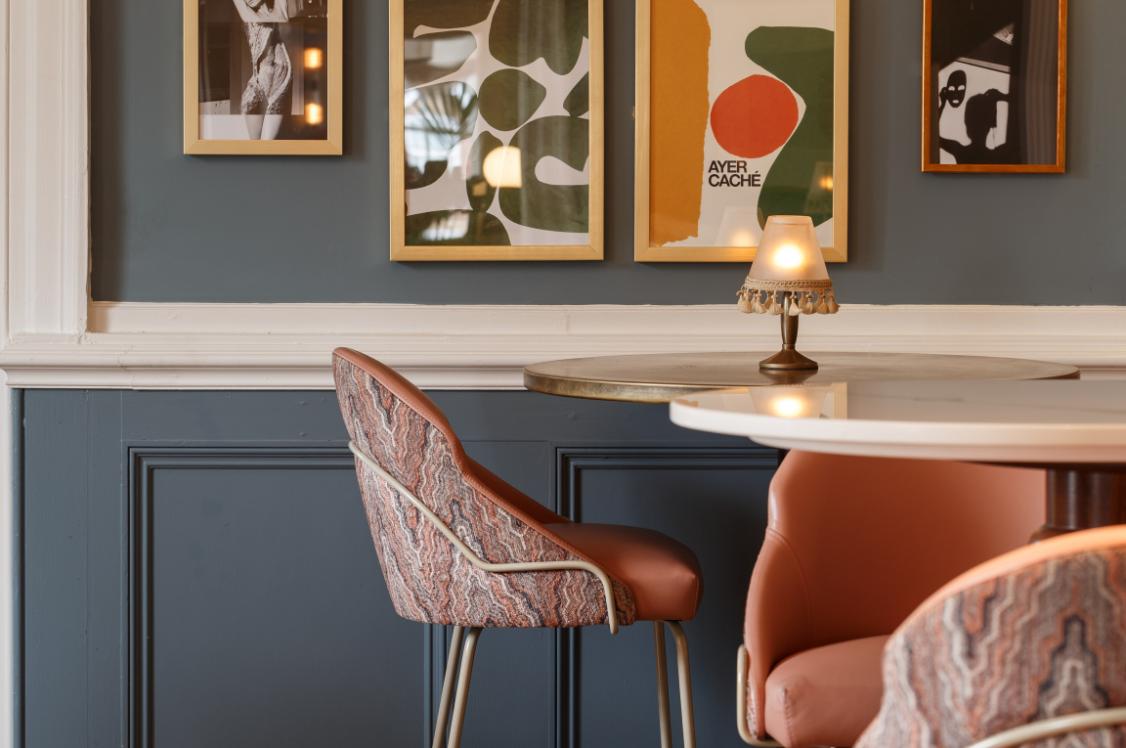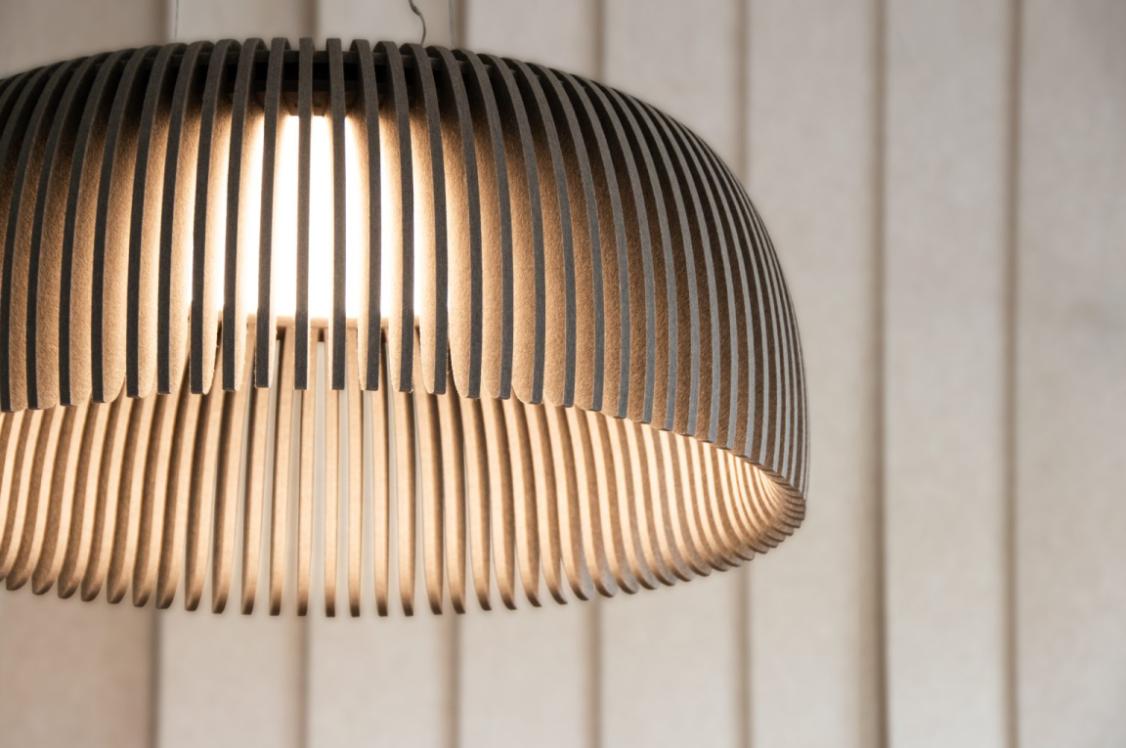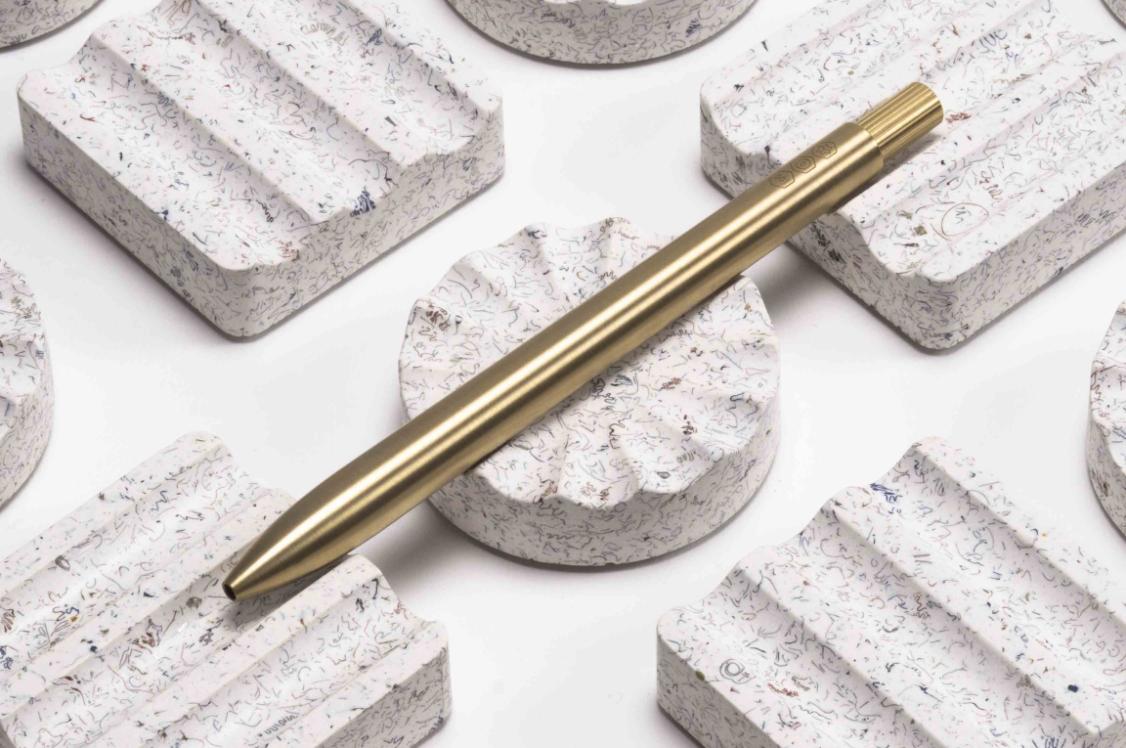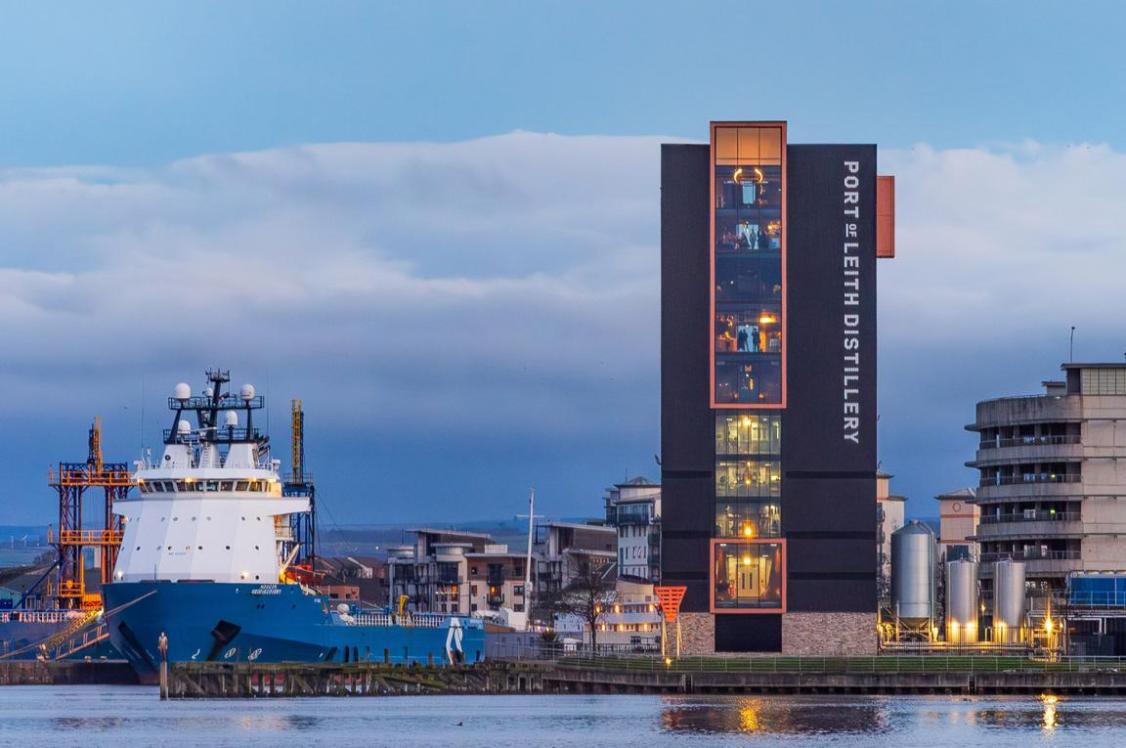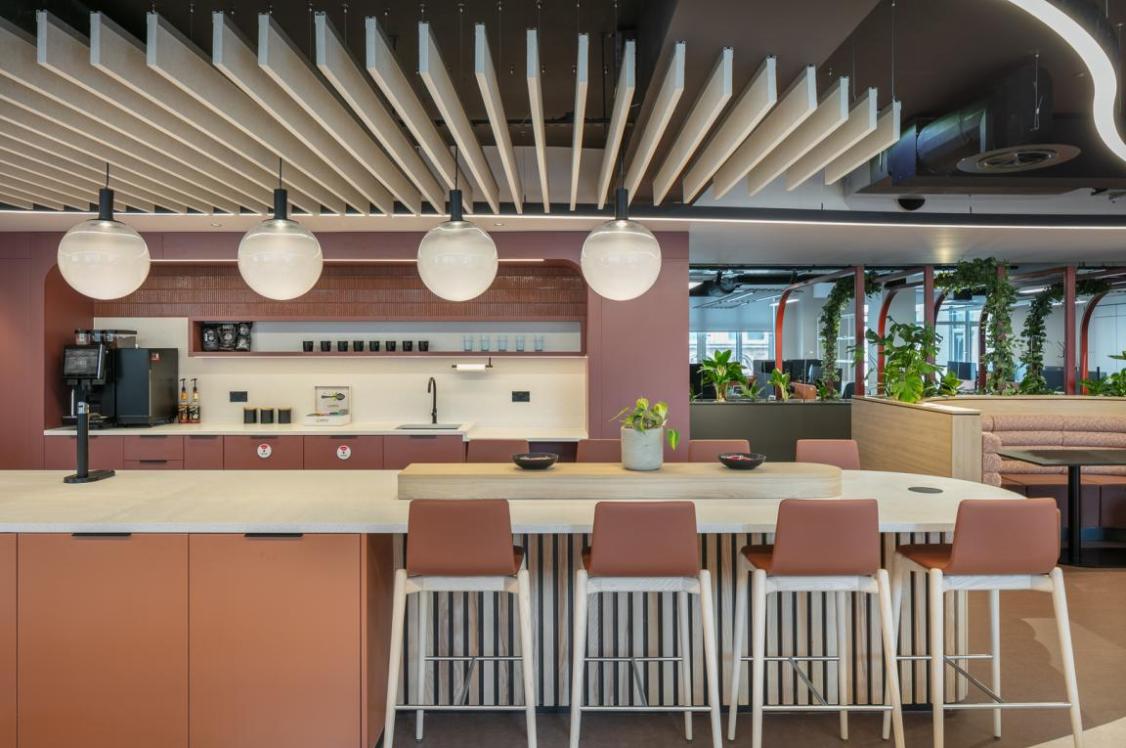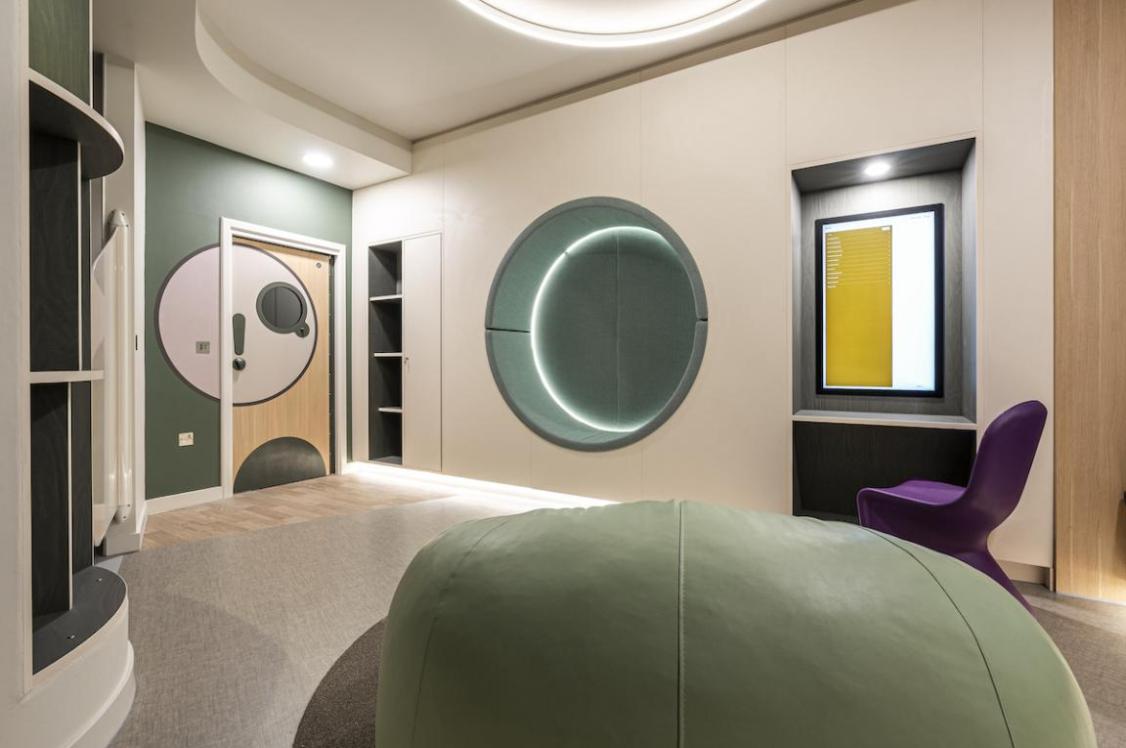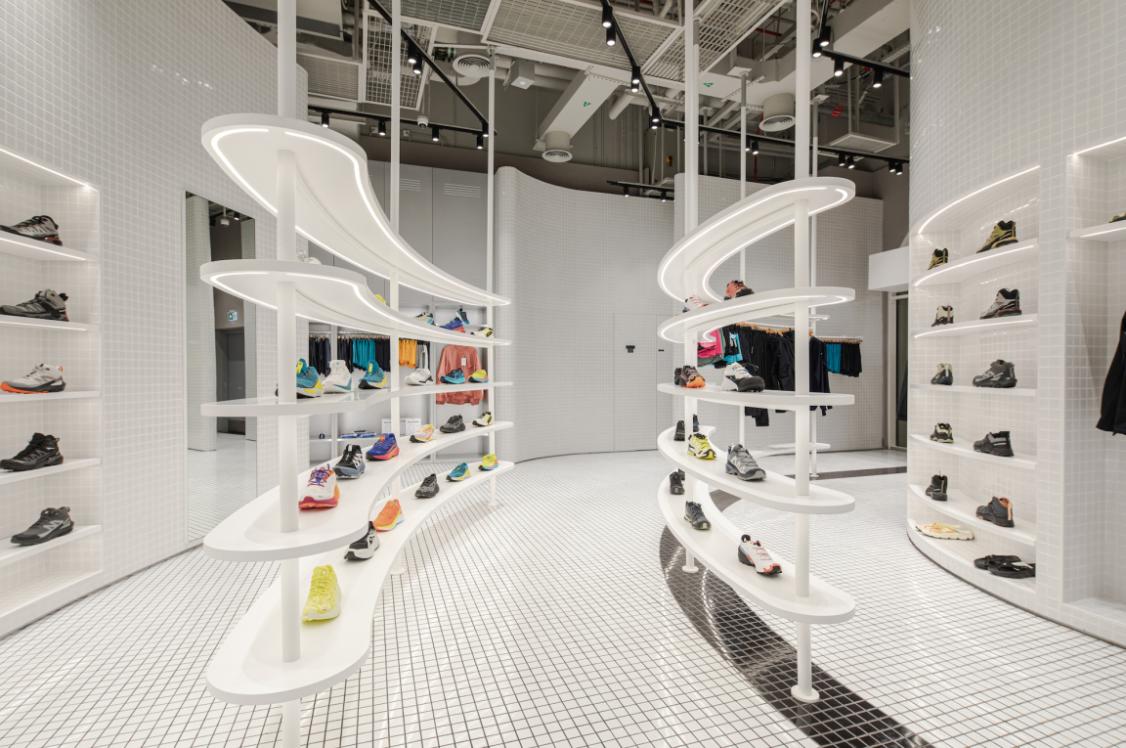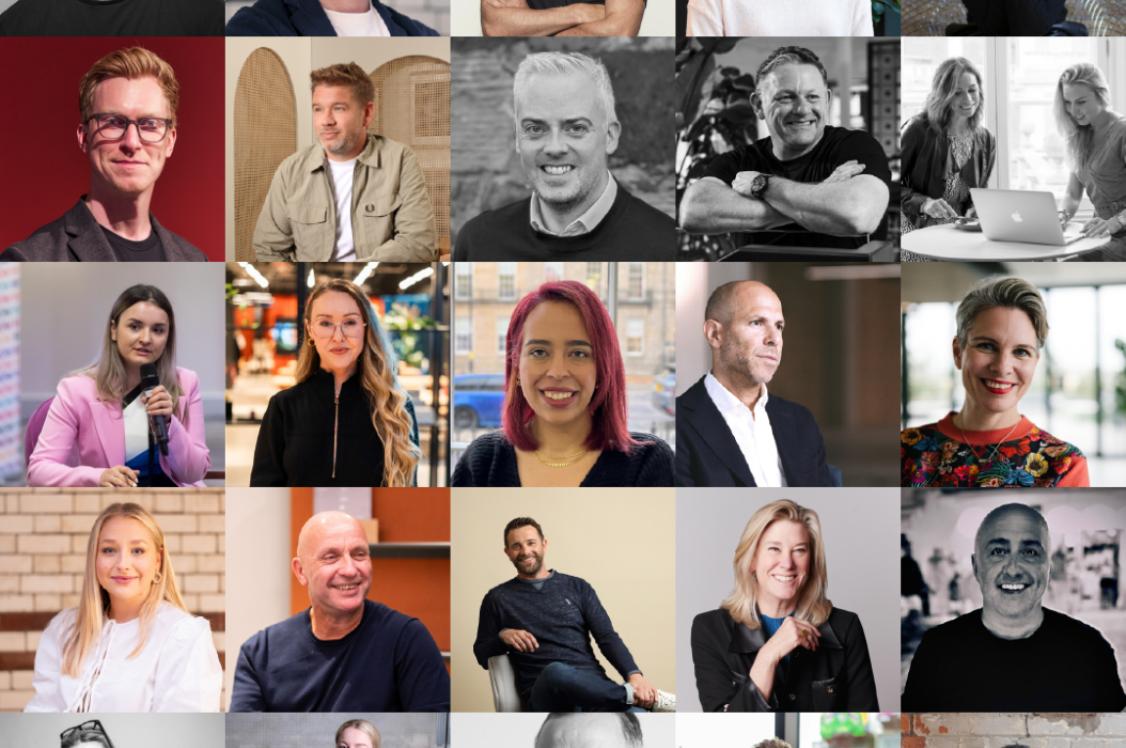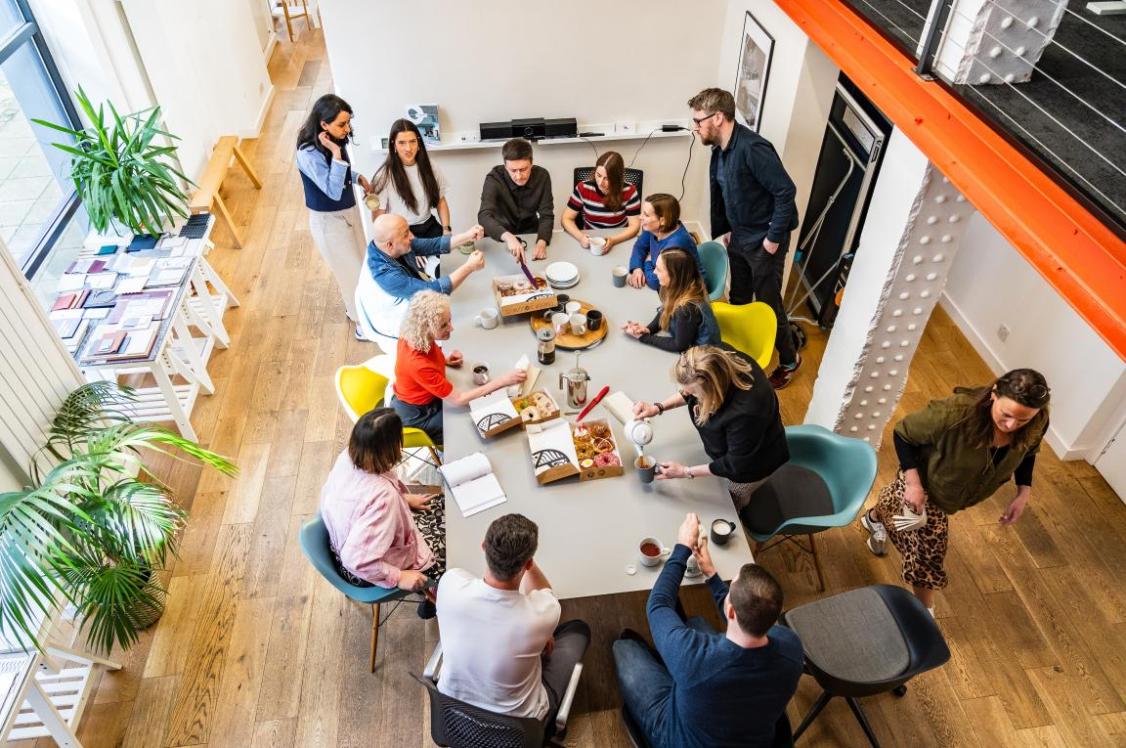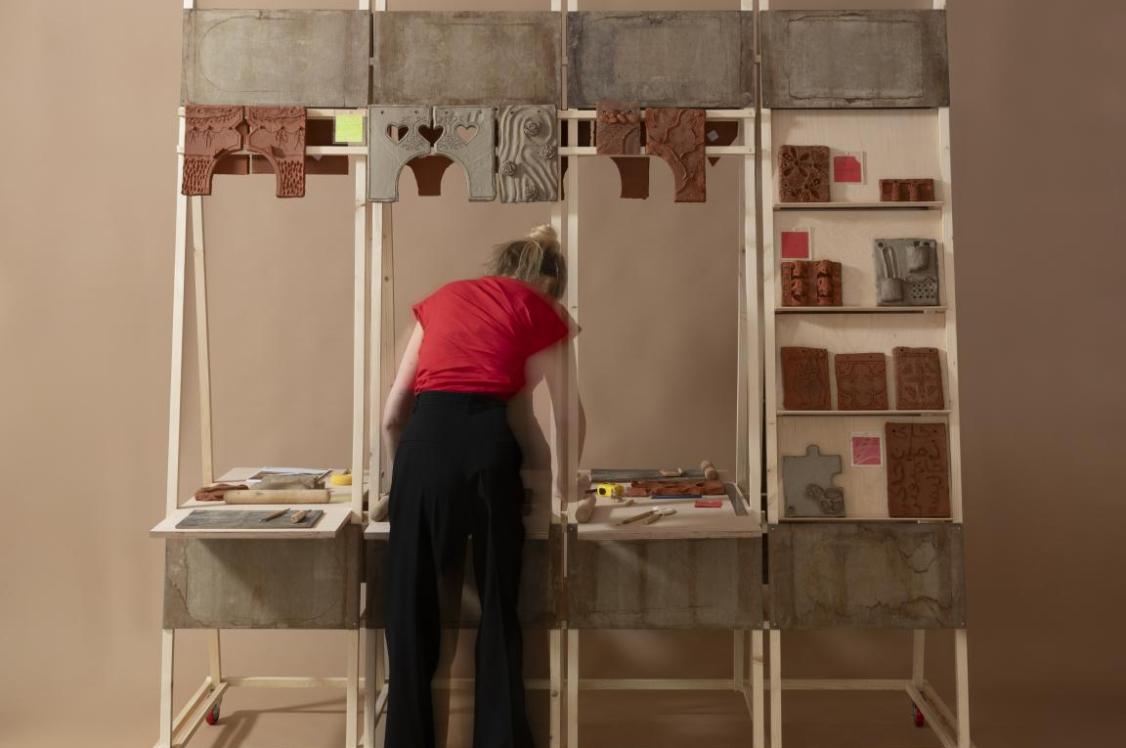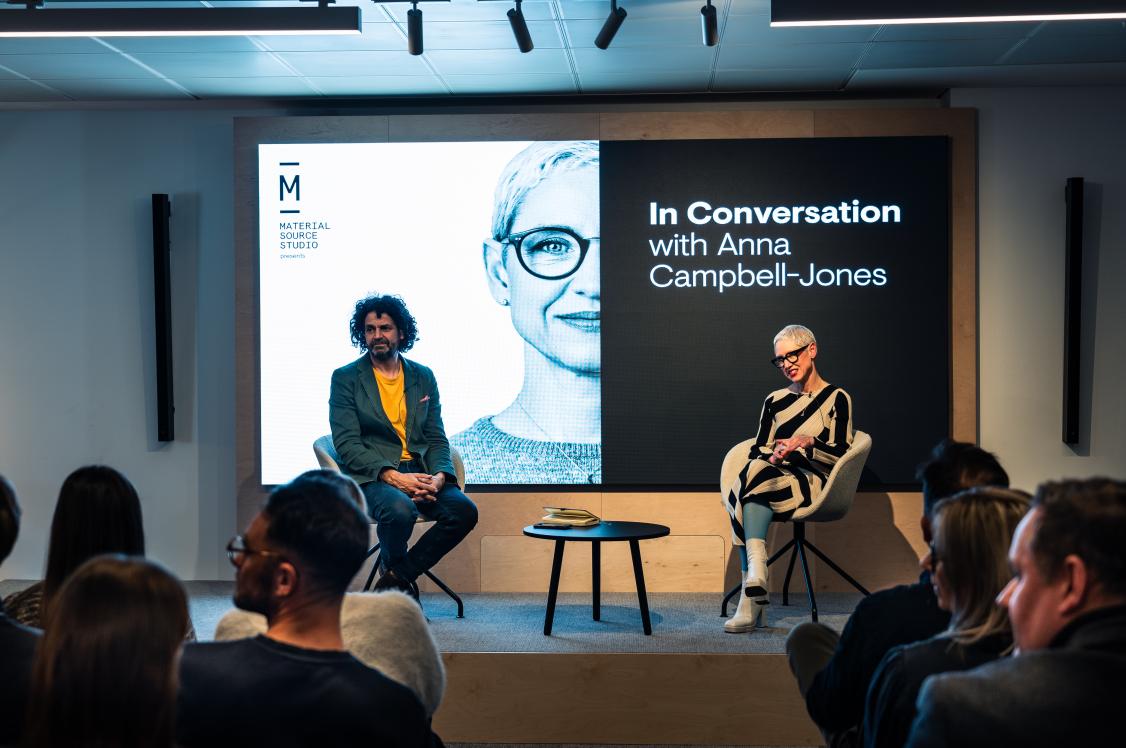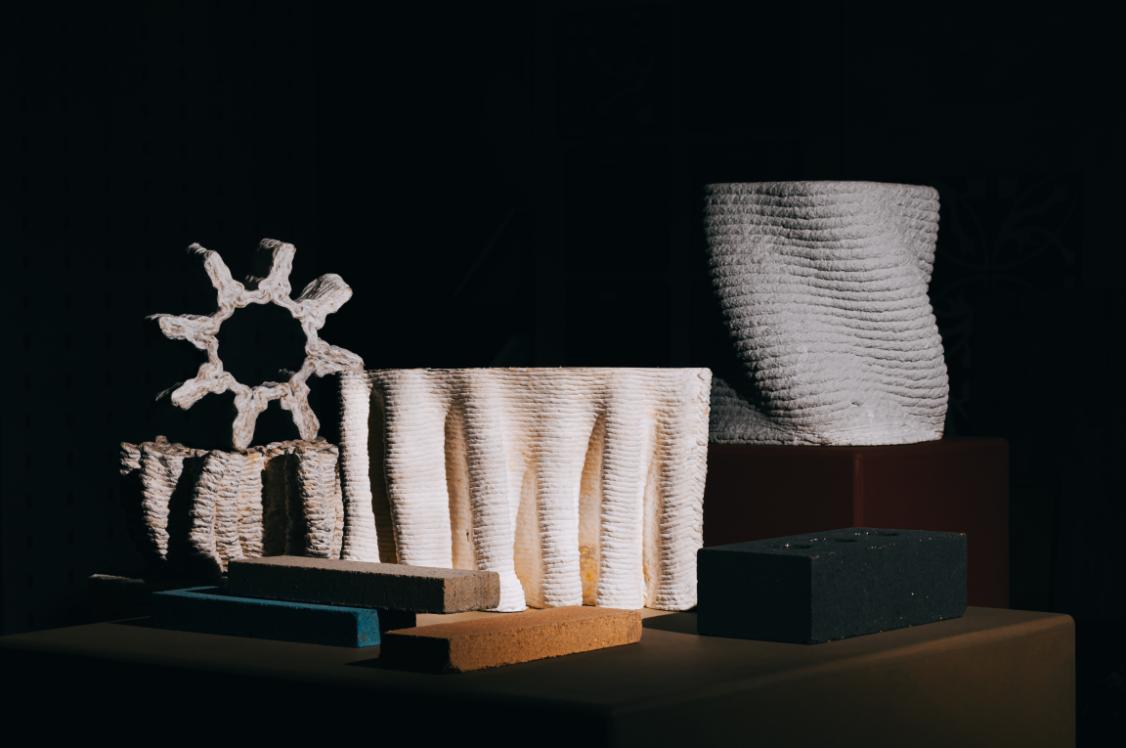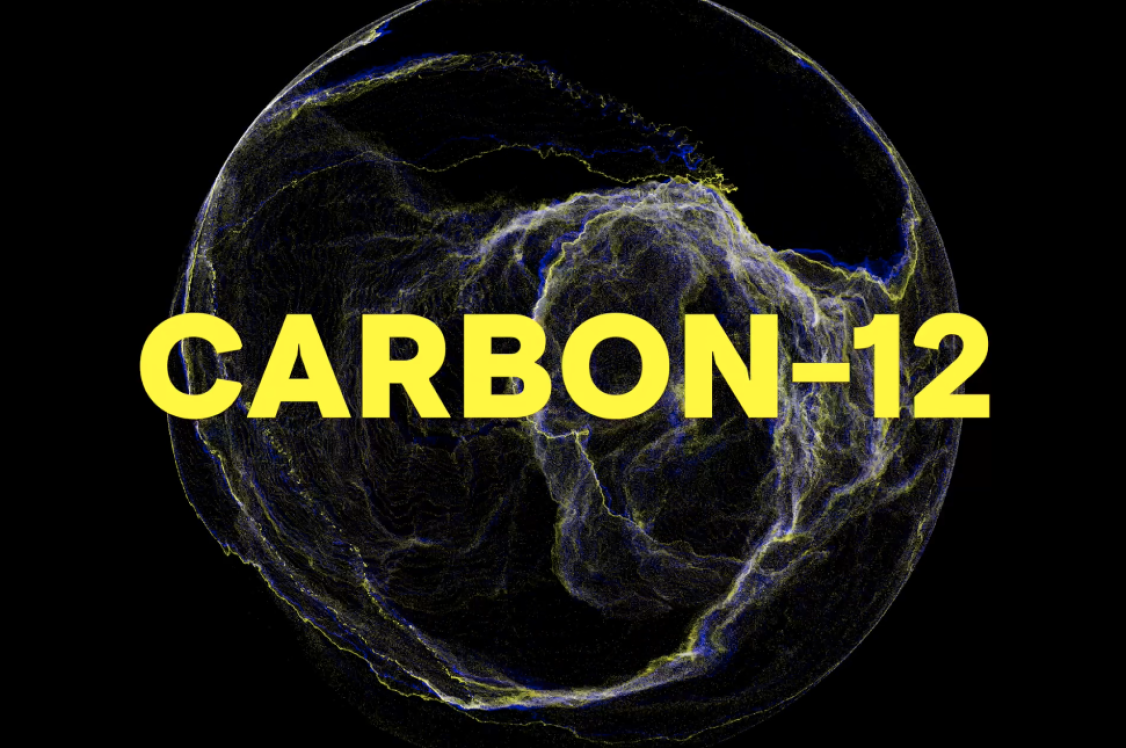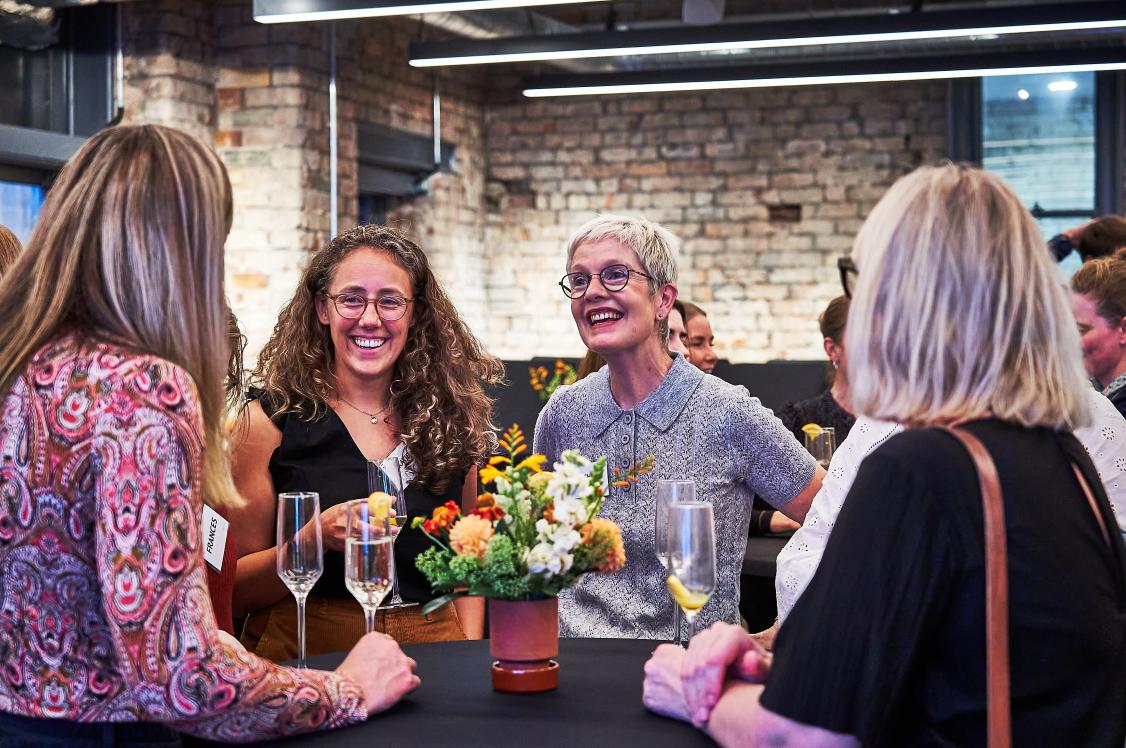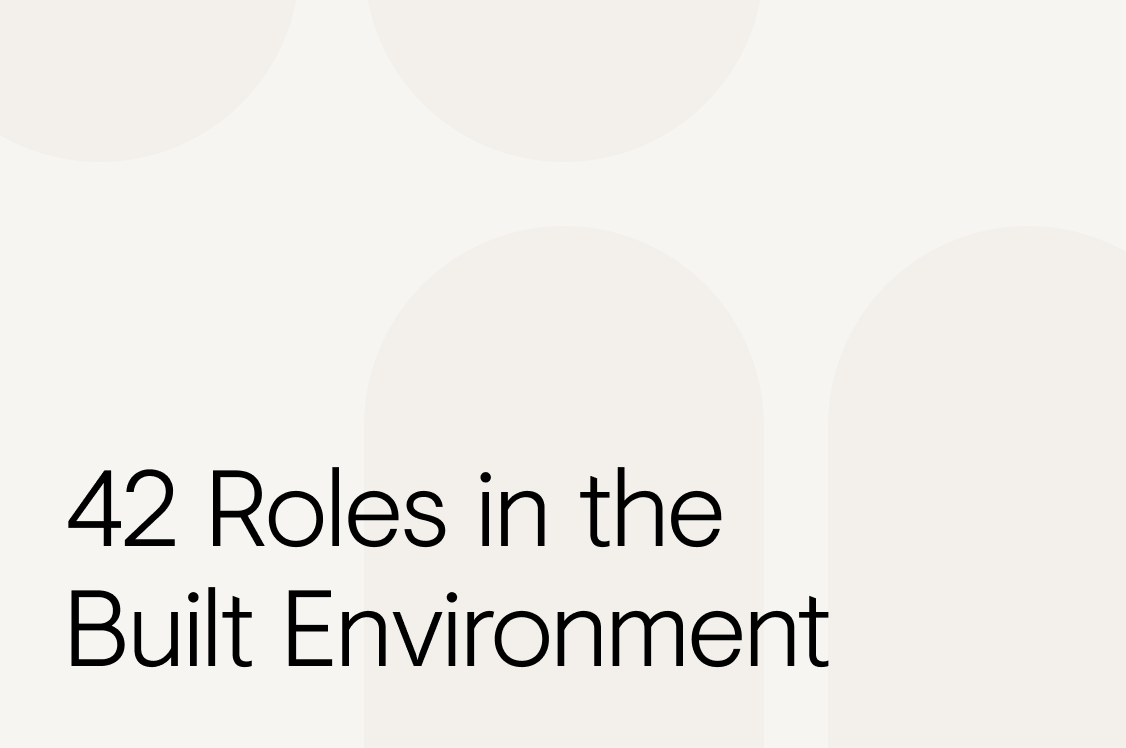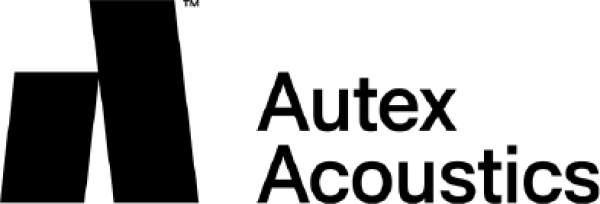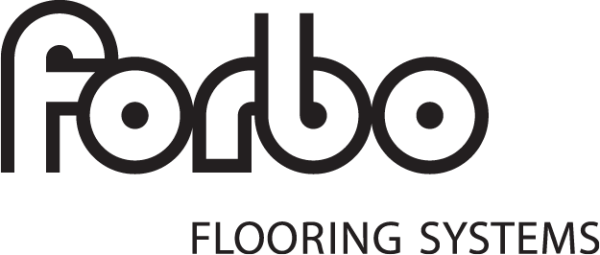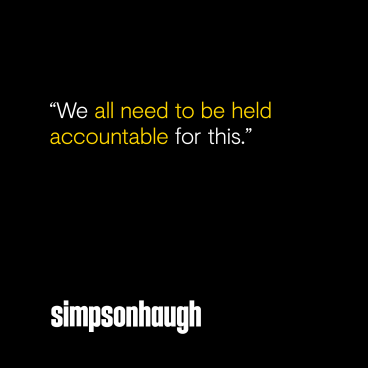Carbon-12: HOK.
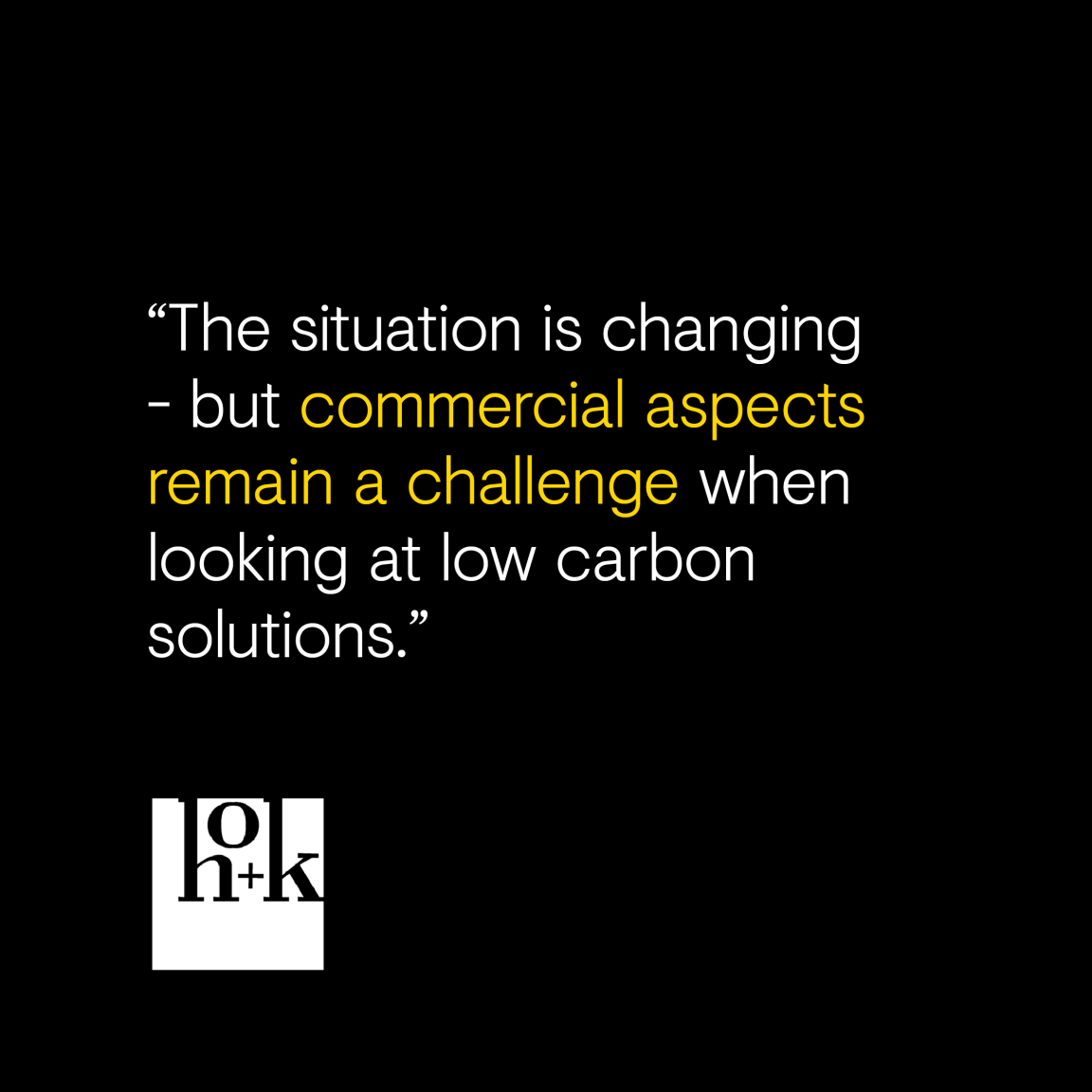
HOK is a global design, architecture, engineering and planning firm with 1,700 people collaborating across a network of 27 offices on three continents.
Celebrating its 70th anniversary this year (2025), HOK's collective of "future-forward thinkers and designers who are driven to face the critical challenges of our time" has a keen dedication to improving people’s lives, serving its clients and healing the planet simultaneously.
At the forefront of the carbon reduction movement, HOK has been carbon neutral since 2022, and is dedicated to achieving net-zero emissions in the projects the teams design by 2030.
In 2024, on average, HOK’s projects surpassed the American Institute of Architects (AIA) 2030 energy reduction targets, achieving a 68% reduction in energy use intensity compared to baseline levels, with many already meeting or exceeding the targets.
Committed to addressing both operational and embodied carbon through innovative research and design strategies, including structural optimisation and sustainable material selection, we had the pleasure of speaking with team members Christine Vandover in New York, Elizabeth Baxter in Texas and Rob McGill in London, to discover more about HOK's dedicated sustainability approach...
What's your role in terms of sustainability?
"As sustainable design leader, my role (Rob) is to guide designers to improve the performance of their designs with clear goals and robustly measured outcomes."
What is HOK's stance on lowering carbon?
"HOK is dedicated to reducing our business carbon footprint and we are embracing expanding our STBi verified scope 3 emissions.
"We’ve reported operational energy data for all our projects as standard since 2010, giving us invaluable experience in our building design emissions under AIA 2030, MEP 2040, SE 2050 and recently RIBA 2030.
"We are also harvesting embodied carbon data to support the UK NZCBS pilot standard."
Is there a desire from clients to be 'more sustainable' - or is the drive internal?
"Both, but typically more internal.
"The situation is changing but commercial aspects remain a challenge when looking at low carbon solutions."
How will the UK Net Zero Carbon Buildings Standard aid/challenge you?
"The concerted absolute EUI and embodied carbon targets are a welcomed game changer and we look forward to seeing the Standard influence more stringent standards for energy use reduction and mandatory regulation for whole life carbon assessments to drive wider take up of EPD in the market.
"The challenge is with the pilot Standard to develop targets further as more data is received to reflect real life performance."
"The situation is changing but commercial aspects remain a challenge when looking at low carbon solutions."
Can you tell us about some of the low carbon projects you've worked on/are working on?
"Yes, we’re working on a few S&T projects which are performing well.
"Keystone, a research and teaching building for the university of Glasgow, is close to meeting RIBA Sustainable Outcomes targets, which is very impressive for a lab building."
What's your hope for the future?
"Expansion of financial incentives and policy drivers to mandate NZC adoption faster.
"Wider adoption of product EPDs to improve LCA accuracy.
"Larger databases to improve operational and embodied carbon benchmarking and realistic targeting for different project typologies.
"Wider adoption and development of performance design tools to improve and speed up assessment processes."
The HOK team shares its views as part of the Carbon-12 installation at Material Source Studio Manchester & Glasgow. Visit the Studios to experience it - no booking required.






